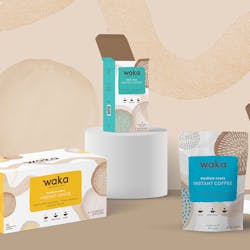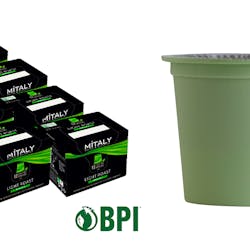2017 continued to be a year of growth for the United States tea industry. Consumption of tea continued to penetrate all demographics. Millennials, Gen Xs, Gen Ys, Baby Boomers, will ensure that tea is on the front burner for years to come. And we welcome Gen Z’s to the family of tea consumers, who may very well be the largest tea consumers yet!
According to statistics from ITC (International Tea Committee), the United States is still the only western country to grow in both tea imports and consumption.
Overall Market Continues to Grow; RTD and Specialty Tea Lead with Highest Growth Rates
The overall market is healthy and continues to grow in the U.S., with a 1% increase in total tea imports. Black tea imports rose 2.3%, but green tea imports are down. Overall cost of tea is anticipated to rise as the industry experiences price increases in both items used in tea production including cardboard and paper as well as energy and labor costs.
Ready-to-drink (RTD) tea continues to grow and is estimated to have grown about 3 – 4% and account for some 45.7% of the tea market share in 2017. Category volume will exceed 1.7 billion gallons in 2017. While more expensive than bagged tea on a per-serving basis, consumers continue to reach for RTD teas for their flexibility, convenience and as a healthier alternative to sugary beverages. Once again, the U.S. is seeing further market separation between premium, high quality RTD’s and the value segment. Other formats including loose, bagged, mixes and pods appear to have gained back lost share from 2016 and are still lagging in growth, but continue to account for more than ½ of the market. Private Brands are growing in both volume and dollars. Encouraging is the fact that tea continues to grow, driven by its healthy positioning, in an environment in which water has surpassed CSD’s in sales. The linkage between tea and its healthful properties remains fundamentally strong.
Specialty Tea is still driving interest and consumption in the category. Consumers across all demographics continue their “grazing” for new and different beverage options and flavors, further underscoring specialty tea’s unique position for further growth. The interest in terroirs, flavors, origins, bush to brand and sustainability of these high quality, higher priced teas confirms that the analogy to wine is stronger than ever. While on a smaller base, specialty teas continue to enjoy high single/low double digit growth. In fact, specialty iced tea came in at #4 on the National Restaurant Association’s (NRA) What’s Hot Culinary Forecast list of top non-alcoholic beverages for 2017.
The trends in Artisanal teas remain the same and continue to grow at a fast clip, albeit on small volumes. Consumers are becoming more engaged with their teas and want to learn more and more about where their teas come from; how they are harvested and manufactured; how the product supports the livelihoods of those making it; and, how friendly the product is to the environment. Tea growing is expanding in the U.S. (albeit at VERY small volumes), answering the call of locally grown and farm to table trends. Countries of origin are also protecting and advertising their teas through geographic designations and terroir trademarks.
The foodservice market continues to grow with tea becoming a more and more important offering in all types of restaurants. Foodservice establishments that are creating and leveraging “tea culture” are experiencing both solid growth and loyal, repeat customers.





